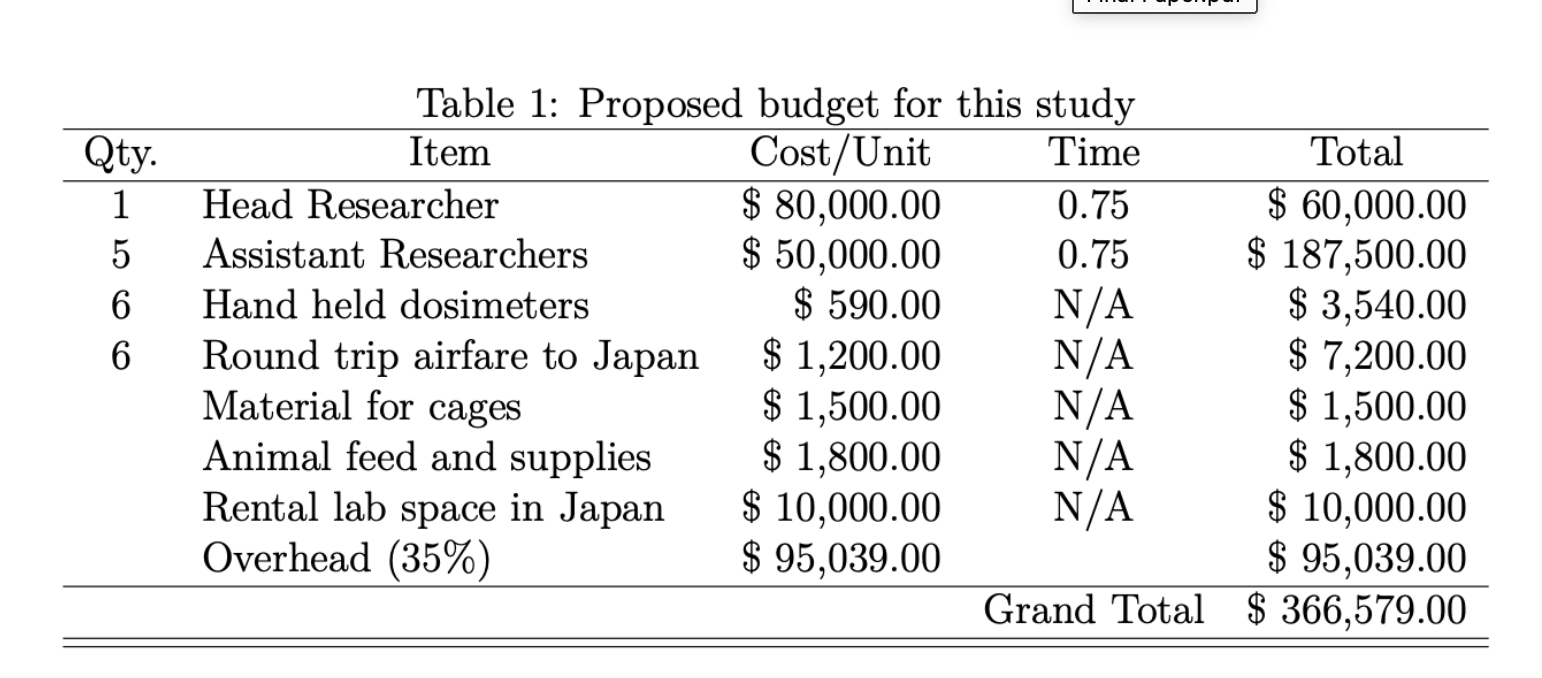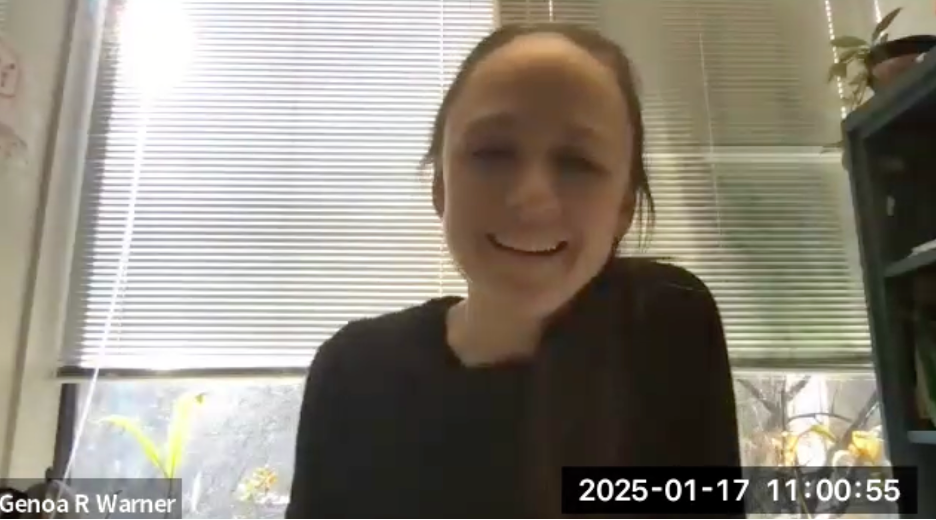For the last twenty-eight years, I have asked my science students in Research Writing to write a grant proposal as their big assignment for the semester. A grant proposal is superior to a review of literature because it asks them to learn to read scholarly research and summarize it – and also to peep over the fence and imagine a next step in the line of research they are studying – anything in any field as long as it pertains to the core theme of the course – environmental problems. Topics this year range from shade-grown coffee to LEED stadiums to microplastics to environmentally caused asthma, diabetes, and hypothyroidism. They try their hands at writing methods sections and budgets and learn the schematics for one of the basic tasks of scientific research: applying for funding.
Budgeting is particularly foreign to them – no wonder – I was the same at their age! And so we spend about a half class going through samples from previous years, taking a glance at professional grant budgets on the NIH and NSF websites so they can see what I ask them to do is a mere synopsis of more substantial applications.
Naturally enough, their draft budgets tend to include rent and utilities and huge amounts for equipment. That’s when I introduce them to the notion of Indirect Costs. Rather than charge what the work actually requires – an institution that pays a mortgage, acquires expensive equipment shared by many, keeps the lights on, keeps the rooms clean, and polices the campus – all that is lumped into the “indirect costs” to the institution. I tell them that rather than our turtle professor (Herpetologist Leigh Anne Harden) having to pay the university rent and utilities, there is trust that her lab will be hers as long as she can bring in adequate funds to support basic research. Although they have never heard of such a thing as indirect costs (or overhead), it makes sense once I explain it, and it makes their task easier.
Figure 1: Actual budget from a student paper on Fukushima, with permission.
I never expected this year’s usually tedious lesson to be so riveting – of such interest to first-year students whose futures depend on what the current administration does to science. They seek to cap indirect costs at 15%, costs that typically range from 10-60%, with an average of 27-28% at NIH, depending on the type of research.
What is worse, this administration seeks to make these changes retroactive, for grants that have already begun. Universities and medical centers have already cut back on hiring faculty and admitting graduate students, even rescinding some offers. A press release from Democrats in Congress pointed out that “they are causing irreparable damage to ongoing research to develop cures and treatments for cancer, Alzheimer’s disease and related dementias, ALS, Diabetes, Mental Health disorders, opioid abuse, genetic diseases, rare diseases, and other diseases and conditions affecting American families.”
The decision is being appealed in court, but if it stands, Americans will lose their global lead in scientific research and be less prepared for the next pandemic. One expert said this move “will destroy science in the United States.” AAAS has a good recent update: https://www.science.org/content/article/after-trump-grant-cuts-some-universities-give-researchers-lifeline. Again, the courts are Americans’ last defense, and it is not at all apparent how this will turn out.
Students in my class visibly listened harder and were astonished at this systemic defunding of science through a boring budget line they had never heard of before. Though they are young, they get that defunding science programs, the best in the world, is a bad, bad idea.
I pretty much left it at that but said they might want to read more and explain this to others.
This administration depends on the erosion of knowledge and understanding via our Tik-Tok culture and the purposive destruction of universities and medical centers via budgetary garrote to keep their sleights-of-hand under wraps. They are assisted by the crisis-a-minute wrought by the worst U.S. president in history, and by oligarchs who are fattening themselves on the meat, not the dross, of American democracy.












